 Living a low-waste lifestyle isn’t about being perfect. It’s about making better choices—one decision, one purchase, and one habit at a time. But finding the right resources, businesses, and community support can be overwhelming. That’s where environmental directories come in.
Living a low-waste lifestyle isn’t about being perfect. It’s about making better choices—one decision, one purchase, and one habit at a time. But finding the right resources, businesses, and community support can be overwhelming. That’s where environmental directories come in.
These directories, such as from website: 사이트모음, are curated lists—online or in print—that connect people with eco-friendly services, products, and organizations. They help you cut through the noise and find options that match your values, whether you’re looking for package-free groceries, compost drop-off points, or repair services for your electronics.
Here’s how they work, why they matter, and how they can make low-waste living more practical and sustainable for you.
1. They Save You Time and Energy
One of the biggest barriers to low-waste living is research fatigue. You might spend hours searching for a place to refill laundry detergent, only to find out that the shop is closed or doesn’t carry what you need. Environmental directories gather and verify this information for you.
A good directory lists businesses by category—such as “refill stations,” “repair services,” or “second-hand shops”—and includes key details like location, opening hours, and what they accept or sell. Some even show customer reviews or photos. That means less time searching online and more time living your values.
2. They Connect You to Local Solutions
Low-waste living works best when it’s rooted in your community. Shipping “zero-waste” products from across the country can undermine the environmental benefits due to packaging and transportation emissions. Directories focus on nearby options, helping you support local businesses while reducing your carbon footprint. You may have passed these places without noticing, but a directory can put them on your radar.
3. They Help You Discover New Habits
When you first explore an environmental directory, you might look for something specific. But along the way, you’ll often find other services that spark new ideas.
Perhaps you go in looking for a compost drop-off site and discover that there’s also a community garden nearby that accepts volunteers. Or you search for electronics recycling and see listings for local fix-it cafés where volunteers repair broken appliances for free.
These discoveries can lead you to new habits—like repairing before replacing or joining community sharing programs—that reduce waste in ways you hadn’t considered.
4. They Offer Credibility and Transparency
Not all “eco” or “green” claims are legitimate. Greenwashing—when companies exaggerate or misrepresent their environmental benefits—can make it hard to know who to trust. Well-maintained directories vet their listings to ensure they meet specific sustainability criteria.
Some directories require businesses to provide proof of their practices, such as sourcing policies, waste-reduction initiatives, or third-party certifications. Others rely on user feedback to flag misleading claims. Either way, you get more confidence that your choices are truly low-impact.
5. They Encourage a Circular Economy
A circular economy keeps products and materials in use for as long as possible through repair, reuse, resale, and recycling. Directories make this more achievable by linking all the parts of that cycle in one place.
You might find places to buy used goods, donate unwanted items, or get broken things repaired—all in the same resource. This interconnectedness makes it easier to keep items out of landfills and in circulation.
6. They Build Community
Low-waste living can feel isolating if you don’t know others who share your values. Environmental directories often include community events, workshops, and volunteer opportunities. This helps you meet like-minded people, exchange tips, and stay motivated.
For example, a directory might list upcoming clothing swaps, plastic-free challenges, or zero-waste cooking classes. Participating in these events provides you with practical skills and a sense of belonging.
7. They Adapt as Your Lifestyle Changes
Your needs will shift over time. A student living in a dorm may rely heavily on shared resources and campus recycling, whereas a family might focus on bulk food purchasing and composting. Directories can grow with you.
Many offer search filters, allowing you to quickly adjust to new needs, such as finding kid-friendly repair workshops, senior-accessible drop-off points, or businesses with online ordering and eco-friendly shipping options.
How to Get the Most Out of an Environmental Directory
- Start with your biggest waste streams. If food packaging is your primary concern, consider searching for bulk and refill stores first. If electronics accumulate, consider seeking repair services and e-waste recyclers.
- Check regularly for updates. Businesses change hours, move, or close. Bookmark your directory and revisit it every few months.
- Leave reviews or suggest additions. Directories improve when the community contributes. Share your experiences so others can make informed choices.
- Use it as a challenge tool. Pick one new low-waste action each month using the directory as a guide.
Where to Find Them
Environmental directories come in different forms. Some are national in scope, like online zero-waste maps. Others are hyperlocal, run by city councils, nonprofits, or grassroots groups. You can also find specialized directories focused on a single category, like second-hand fashion or sustainable food.
If your area doesn’t have one, you might consider starting a small version—like a shared Google Map or spreadsheet—and inviting others to contribute. Even a modest list can grow into a valuable community resource.
The Bigger Picture
An environmental directory isn’t just a list of places to shop or recycle. It’s a tool for changing how we think about consumption. It reminds us that sustainable living isn’t about buying new “eco-friendly” products—it’s about finding ways to use what already exists, keep materials in circulation, and connect with the people around us.
When you use one, you’re not just saving waste from the landfill. You’re supporting local businesses, strengthening your community, and helping build a culture where reuse and repair are the norm.
Living a low-waste lifestyle will always require some effort. But with an environmental directory in your pocket—digital or paper—you’re better equipped to make the kind of everyday choices that add up to real change.




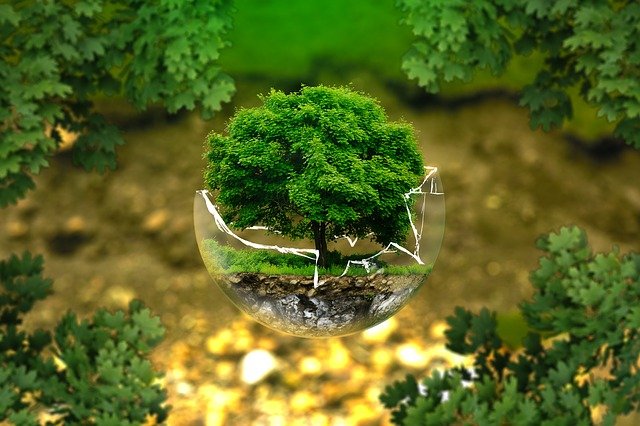


 Tile cleaning is more than just keeping your home or business looking neat. The methods and products you use can have a direct effect on the environment. Many commercial cleaning agents contain harsh chemicals that release volatile organic compounds (VOCs) into the air and flow into waterways through drains. These substances can harm aquatic life, contribute to air pollution, and disrupt ecosystems.
Tile cleaning is more than just keeping your home or business looking neat. The methods and products you use can have a direct effect on the environment. Many commercial cleaning agents contain harsh chemicals that release volatile organic compounds (VOCs) into the air and flow into waterways through drains. These substances can harm aquatic life, contribute to air pollution, and disrupt ecosystems.
 The flow of energy from producers (plants) to herbivores to hunters can be shown in a simple, straight line.
The flow of energy from producers (plants) to herbivores to hunters can be shown in a simple, straight line. Living a low-waste lifestyle isn’t about being perfect. It’s about making better choices—one decision, one purchase, and one habit at a time. But finding the right resources, businesses, and community support can be overwhelming. That’s where environmental directories come in.
Living a low-waste lifestyle isn’t about being perfect. It’s about making better choices—one decision, one purchase, and one habit at a time. But finding the right resources, businesses, and community support can be overwhelming. That’s where environmental directories come in. The health and well-being of metropolitan populations all over depend much on air pollution. Cities are using different approaches more and more to solve this problem and raise the air quality for their citizens.
The health and well-being of metropolitan populations all over depend much on air pollution. Cities are using different approaches more and more to solve this problem and raise the air quality for their citizens.
 Purchasing more recent, more fuel-efficient towing vehicles will help to greatly lower pollutants and fuel usage.
Purchasing more recent, more fuel-efficient towing vehicles will help to greatly lower pollutants and fuel usage. Sustainable travel prioritizes natural resource protection. This includes cutting waste, lowering pollution, conserving water, and preserving wildlife.
Sustainable travel prioritizes natural resource protection. This includes cutting waste, lowering pollution, conserving water, and preserving wildlife.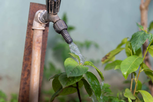
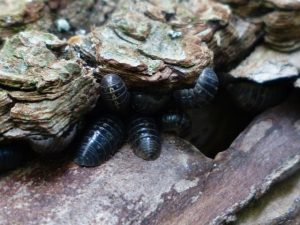 Breeders of isopods for sale in United Kingdom have diverse collections of the little creatures that most people know of as the rolly pollies or woodlice they find in decaying woods. Not many are aware that they are not insects but are terrestrial crustaceans that come in different
Breeders of isopods for sale in United Kingdom have diverse collections of the little creatures that most people know of as the rolly pollies or woodlice they find in decaying woods. Not many are aware that they are not insects but are terrestrial crustaceans that come in different 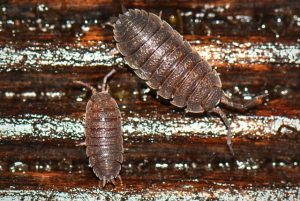 Armadillidium Vulgare – This isopod species is commonly called pill bugs because of its semi-flat oval-shaped body. Unlike the brown-coloured Oniscus Asellus, the Armadillidium Vulgare is grey and has three body parts: the head, the thorax and the abdomen that have segments resembling armour plates.
Armadillidium Vulgare – This isopod species is commonly called pill bugs because of its semi-flat oval-shaped body. Unlike the brown-coloured Oniscus Asellus, the Armadillidium Vulgare is grey and has three body parts: the head, the thorax and the abdomen that have segments resembling armour plates. Asian elephants are known for their outgoing personalities and kind nature. They band together in herds headed by seasoned female matriarchs and stick close to one another.
Asian elephants are known for their outgoing personalities and kind nature. They band together in herds headed by seasoned female matriarchs and stick close to one another.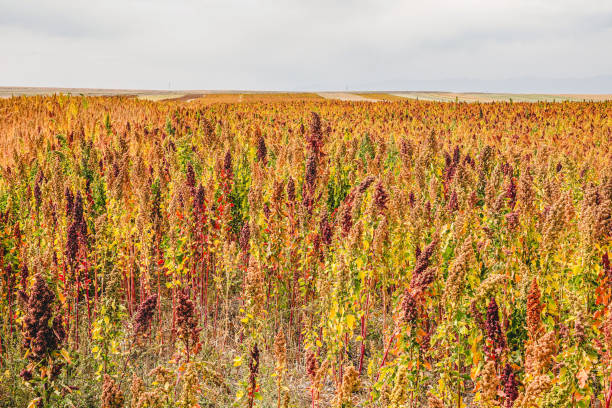

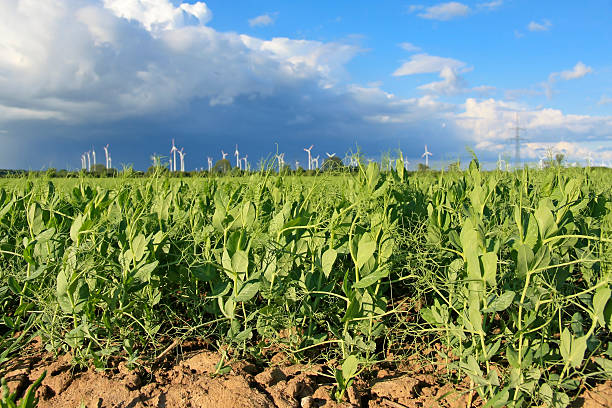

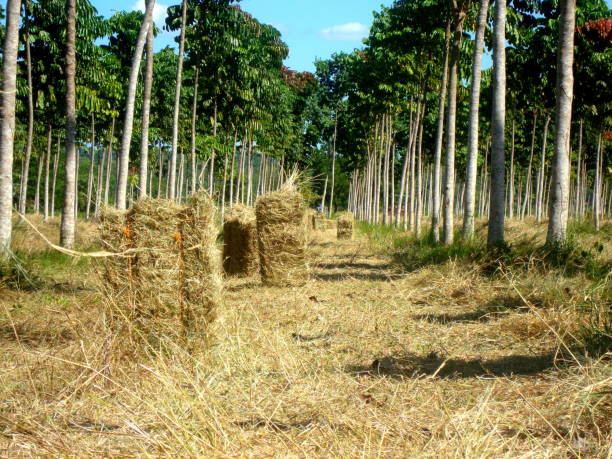



















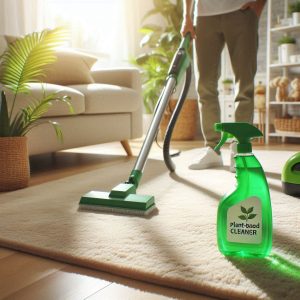 Keeping carpets clean isn’t just about looks or hygiene. It also affects the environment in ways most people don’t realize. The type of products you use, how often you clean, and a recommended carpet cleaning service can all play a role in either helping or harming the planet.
Keeping carpets clean isn’t just about looks or hygiene. It also affects the environment in ways most people don’t realize. The type of products you use, how often you clean, and a recommended carpet cleaning service can all play a role in either helping or harming the planet.


 Iron gates are a popular choice for homeowners and businesses looking to add security and aesthetic appeal to their properties. While they are durable and offer a timeless look, it’s important to consider their environmental impact.
Iron gates are a popular choice for homeowners and businesses looking to add security and aesthetic appeal to their properties. While they are durable and offer a timeless look, it’s important to consider their environmental impact.


